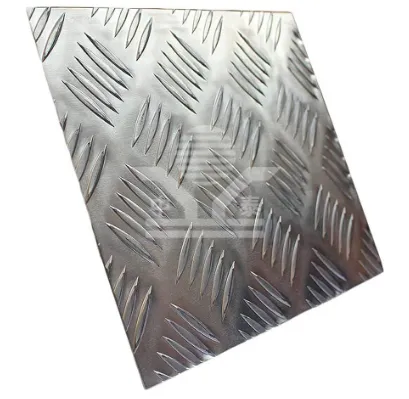Understanding Screen Metal Sheets Applications and Benefits
Screen metal sheets, often referred to as perforated metal sheets, are becoming increasingly popular in various industries due to their unique combination of strength, durability, and versatility. These sheets are made from metals such as stainless steel, aluminum, and brass, and feature a series of holes punched through them in a specific pattern. The applications of screen metal sheets are vast, ranging from architectural uses to industrial applications, making them a crucial component in modern design and construction.
One of the key advantages of screen metal sheets is their ability to allow the passage of light and air while maintaining a solid barrier. This attribute makes them ideal for use in architectural projects where aesthetics and functionality must coexist. For example, architects often utilize perforated metal sheets in facades and partitions. The intriguing patterns created by the perforations can enhance the visual appeal of a building while providing shade and privacy. Additionally, these sheets can be used in outdoor structures such as pergolas, offering both decorative and practical solutions for controlling sunlight.
In industrial settings, screen metal sheets serve a variety of purposes. They are commonly used in filtration systems, where their porous nature allows for the separation of liquids and solids. This is particularly important in wastewater treatment facilities, where preventing contaminants from entering waterways is a top priority. Furthermore, screen metal sheets are employed in conveyor systems to ensure that materials are handled safely and efficiently. The robust design of these sheets can withstand heavy loads, making them suitable for harsh industrial environments.
screen metal sheet

Another significant advantage of screen metal sheets is their lightweight nature compared to solid sheets of metal. This characteristic makes them easier to handle and install, which can lead to cost savings during construction and manufacturing. Moreover, their lightweight quality does not compromise their strength, as they maintain excellent structural integrity when appropriately engineered.
Screen metal sheets also present an opportunity for customization. They can be manufactured in a variety of hole sizes, shapes, and patterns, catering to specific design requirements. This flexibility allows designers to create unique effects and solutions tailored to their projects. For example, varying the size and distribution of perforations can manipulate light diffusion and ventilation, providing a customized solution for specific environmental needs.
Sustainability is another compelling aspect of screen metal sheets. As businesses and consumers increasingly prioritize environmentally friendly materials, the use of metal sheets made from recyclable materials is rising. Unlike plastic products, metal can be melted down and repurposed without losing its original quality. This characteristic highlights the role of screen metal sheets in promoting sustainable practices within various industries, from construction to manufacturing.
In conclusion, screen metal sheets are an excellent example of how engineering and design can come together to produce innovative solutions. Their ability to combine functionality with aesthetic appeal makes them invaluable in architecture and construction. Additionally, their strength, lightweight property, versatility in design, and sustainable nature solidify their position as a preferred material in numerous applications. As industries continue to evolve, the demand for screen metal sheets is expected to grow, further reinforcing their importance in modern design and engineering. By selecting the right type of screen metal sheet, professionals can achieve both performance and beauty, benefiting from this versatile material for years to come.
-
Why Galvanized Trench Cover Steel Grating Resists Corrosion
NewsJul.10,2025
-
The Versatility and Strength of Stainless Expanded Metal Mesh
NewsJul.10,2025
-
Load Calculations in Steel Grating Platforms
NewsJul.10,2025
-
Keeping Pets and Kids Safe with Chicken Wire Deck Railing
NewsJul.10,2025
-
Hole Diameter and Pitch for Round Perforated Metal Sheets
NewsJul.10,2025
-
Aluminium Diamond Mesh in Modern Architecture
NewsJul.10,2025
Subscribe now!
Stay up to date with the latest on Fry Steeland industry news.

